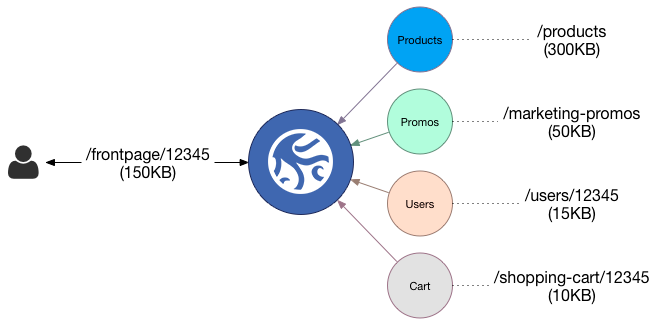

Lura
About this project

An open framework to assemble ultra performance API Gateways with middlewares; formerly known as KrakenD framework, and core service of the KrakenD API Gateway.
Motivation
Consumers of REST API content (specially in microservices) often query backend services that weren't coded for the UI implementation. This is of course a good practice, but the UI consumers need to do implementations that suffer a lot of complexity and burden with the sizes of their microservices responses.
Lura is an API Gateway builder and proxy generator that sits between the client and all the source servers, adding a new layer that removes all the complexity to the clients, providing them only the information that the UI needs. Lura acts as an aggregator of many sources into single endpoints and allows you to group, wrap, transform and shrink responses. Additionally it supports a myriad of middlewares and plugins that allow you to extend the functionality, such as adding Oauth authorization or security layers.
Lura not only supports HTTP(S), but because it is a set of generic libraries you can build all type of API Gateways and proxies, including for instance, an RPC gateway.
Practical Example
A mobile developer needs to construct a single front page that requires data from 4 different calls to their backend services, e.g:
1) api.store.server/products
2) api.store.server/marketing-promos
3) api.users.server/users/{id_user}
4) api.users.server/shopping-cart/{id_user}
The screen is very simple, and the mobile client only needs to retrieve data from 4 different sources, wait for the round trip and then hand pick only a few fields from the response.
What if the mobile could call a single endpoint?
1) lura.server/frontpage/{id_user}
That's something Lura can do for you. And this is how it would look like:

Lura would merge all the data and return only the fields you need (the difference in size in the graph).
Visit the Lura Project website for more information.
